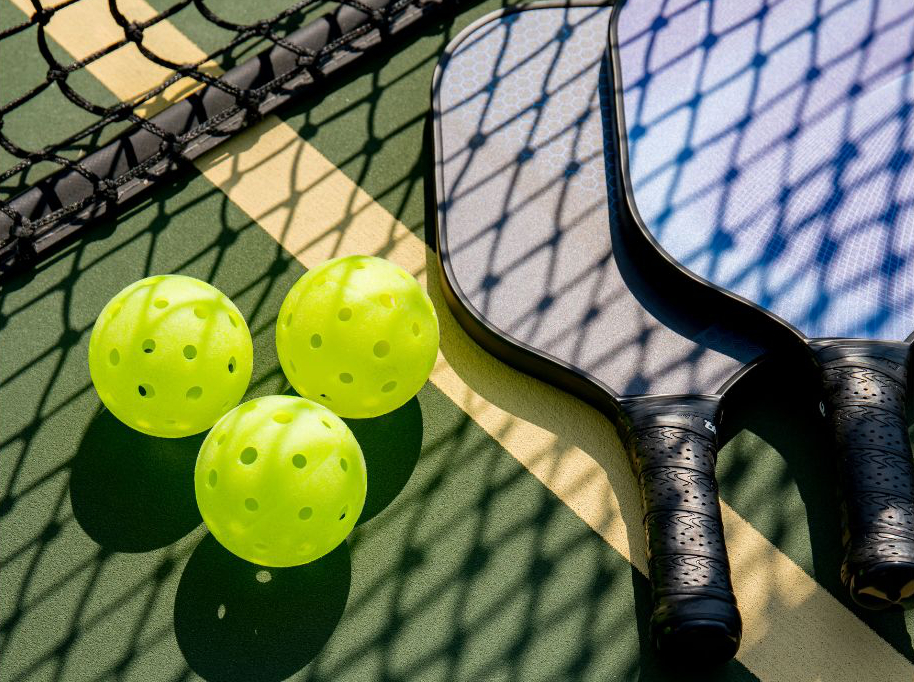Your cart is currently empty!

In pickleball paddle production, hot pressing is a core manufacturing process that utilizes high temperature and pressure to rapidly cure composite materials, significantly enhancing structural integrity and durability.
Fundamentals of Hot Pressing Technology
1,High-Temperature Curing Mechanism
*Operates at 120-200°C with 15-30 tons pressure
*Thermoset resins (e.g., epoxy) complete crosslinking within 5-30 minutes
*Precision temperature profiling (ramp→soak→cool) prevents resin carbonization
2,Microstructural Transformation
*Heat induces polymer matrix flow in fiber reinforcements (carbon/glass fiber)
*Forms dense 3D networks with <0.5% porosity under compression
Performance Advantages for Pickleball Paddles
| Performance Metric | Hot Pressing Benefit |
| Rigidity | 40-60% increase (ASTM D790) |
| Ball Feedback | 30% shorter vibration decay |
| Service Life | >50,000 impact cycles |
| Dimensional Stability | <0.15% hygrothermal deformation |
Process Workflow (Carbon Fiber Paddle Example)
1.Preforming:
*Layup of CFRP prepreg (35% resin content)
*Integration of nano-silica modified PP honeycomb core
2.Pressing Phase:
*Mold preheated to 150±5°C
*25MPa pressure maintained for 12min
*Controlled cooling (2°C/min) minimizes residual stress
3.Post-Processing:
*CNC trimming (±0.1mm tolerance)
*Plasma treatment for enhanced coating adhesion
Industry Trends
*Premium Paddles: Adoption of smart hot press systems with IR temperature control
*Hybrid Processes: Hot-pressed face + cold-pressed core (e.g., Selkirk LAB003)
*Eco-Innovations: Water-based epoxy systems reducing temps to 110°C
For professional-grade paddles, hot pressing enables 0.3mm ultra-thin frames and 72RA hard hitting surfaces, though requiring careful balance between cycle time (15-20min/mold) and yield rates (typically 92-95%).
Leave a Reply